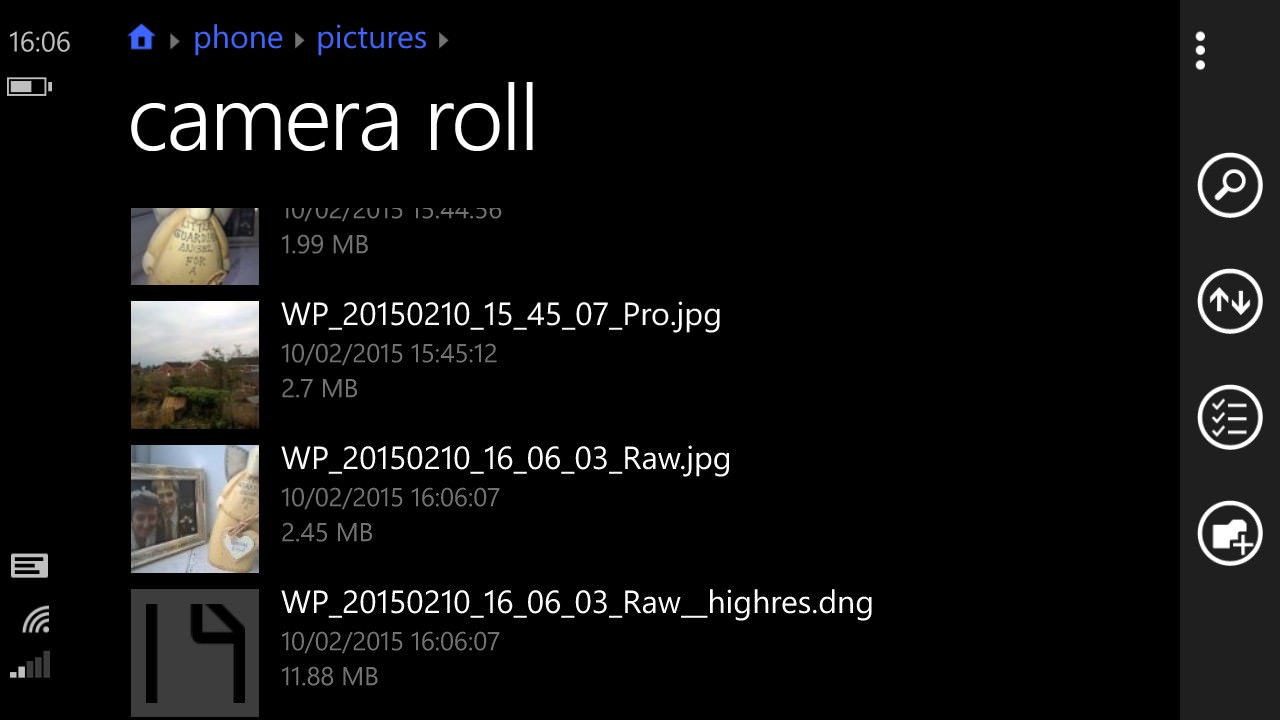Microsoft's aim with the changes in processing for Lumia Camera 5 were to match the competition in terms of sharpening and immediate 'wow' factor when viewed on a phone screen - at the expense of image quality. This seems a somewhat cynical aim from the point of view of a photo purist, or at least someone who wants images to look, deep down, like they do in real life and not something that's been artificially 'enhanced'. Then again, even I'll admit that they DO look sharp and great on the 830's screen - and also at social media resolutions, so maybe it's just me being grumpy again?
As usual, we have a variety of test scenes, shot before and after the Denim/LC5 upgrade on the editorial Lumia 830. The crops below are all at 1:1, of course.
| Note that the interactive comparator below uses javascript and does need to load each pair of images. Please be patient while this page loads, if you see a pair of images above each other than you've either not waited long enough or your browser isn't capable enough! |
Test 1: Still life, low/artificial light
Here's the overall scene, for context:

In case you want to grab the original images to do your own analysis, here they are, from the Lumia 830 pre-Lumia Camera 5 and with Lumia Camera 5, click the links to download.
Here are detailed 1:1 crops using our interactive comparator, just wait to make sure the page has fully loaded and then use your mouse or trackpad pointer to compare the images:
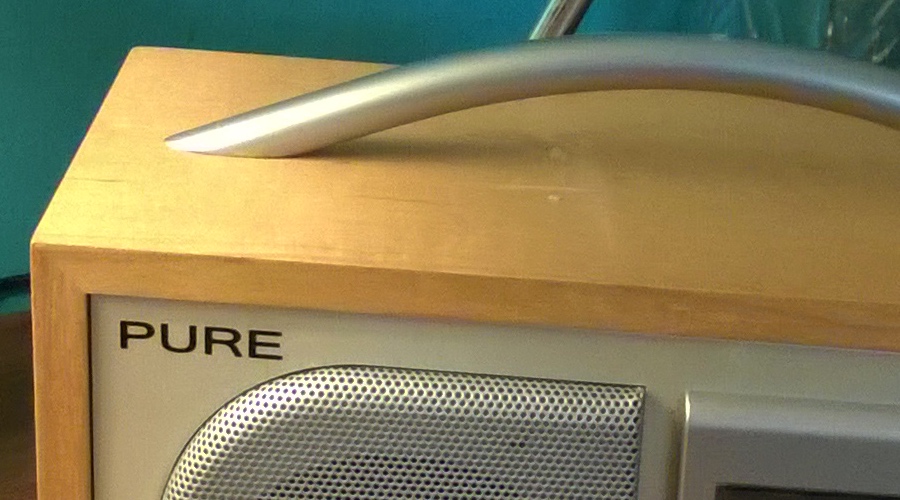
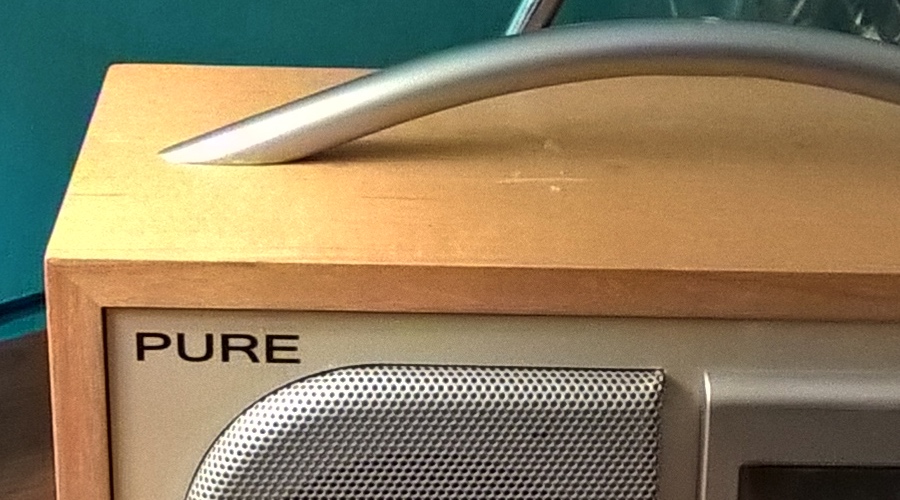
The degree of change is somewhat shocking at first glance. There's dramatically more sharpening and less noise reduction (the two do tend to pull in opposite directions, as it were). You could argue that, down at the sensor level, the captured detail is incredibly sharp, in that it's discrete values for alternating red, green and blue pixels, but the Bayer filtering and image processing on the Lumia 830's camera software before had everything just right, I'd argue. A perfect balance of sharpness and low sensor noise. With Lumia Camera 5's there's this conscious decision by Microsoft to accentuate any detail by increasing sharpness - to the extent that you can see artificial black lines around some of the sharper edge detail in the LC5 photo. The photo looks incredible on the Lumia 830's screen, but you can see how the effect was achieved by using the comparator above.
Your comments on this design decision? Just how far should image processing go to enhance a captured photo before giving the user the chance to decide for themselves?
Test 2: Another example, low/artificial light
Here's the overall scene, for context:

In case you want to grab the original images to do your own analysis, here they are, from the Lumia 830 pre-Lumia Camera 5 and with Lumia Camera 5, click the links to download.
Here are detailed 1:1 crops using our interactive comparator, just wait to make sure the page has fully loaded and then use your mouse or trackpad pointer to compare the images:
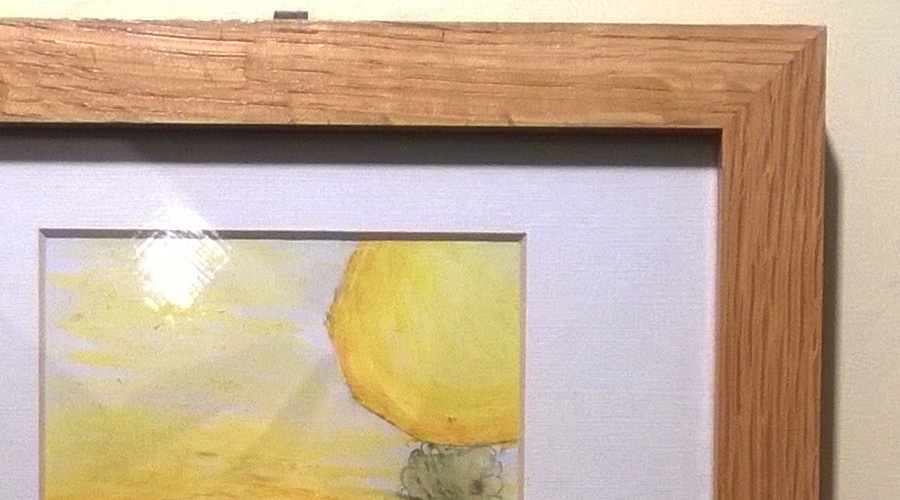
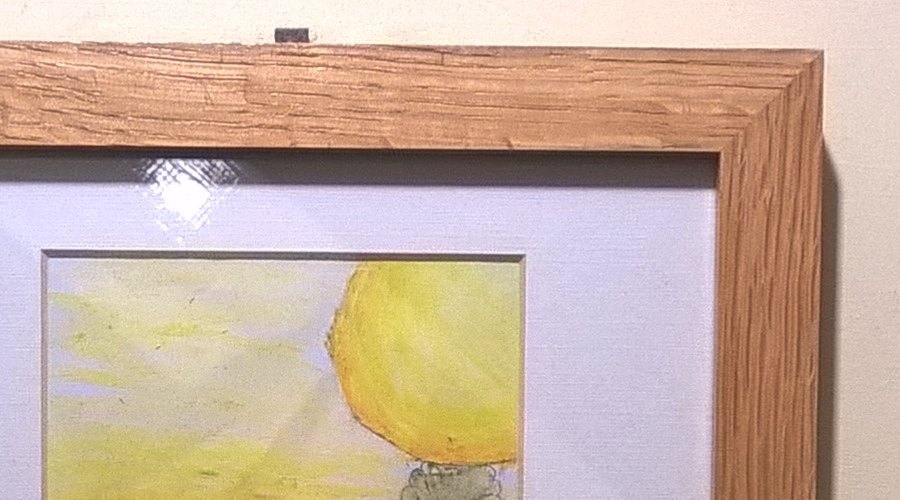
The new algorithms do slightly better here, bringing out the natural textures, though perhaps artificially so - look at the white canvas, for example, which doesn't look right down at this 1:1 level - and neither does the wooden frame, if I'm honest.
Test 3: Night time
Here's the overall scene, for context:

In case you want to grab the original images to do your own analysis, here they are, from the Lumia 830 pre-Lumia Camera 5 and with Lumia Camera 5, click the links to download.
Here are detailed 1:1 crops using our interactive comparator, just wait to make sure the page has fully loaded and then use your mouse or trackpad pointer to compare the images:
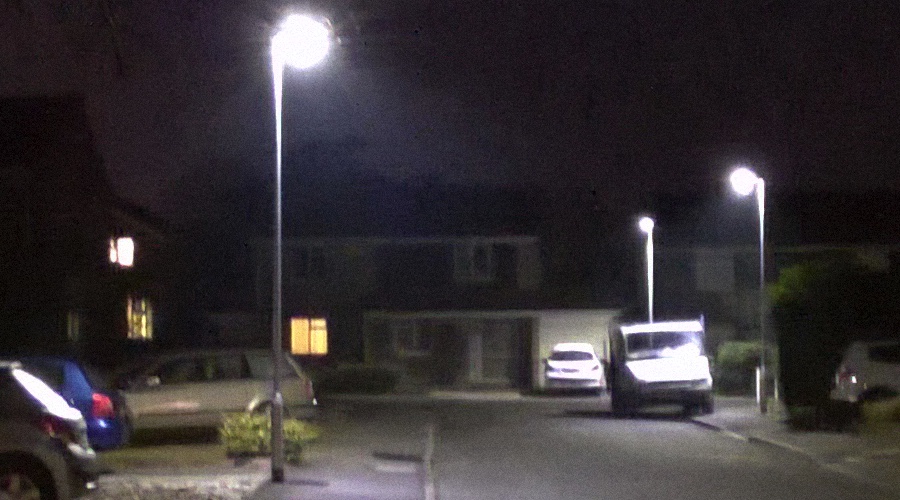
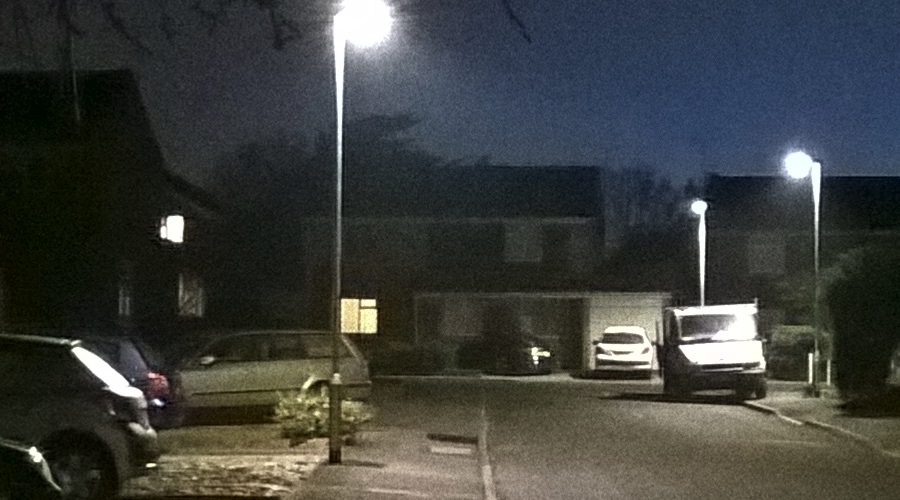
This one's especially interesting, since the exposure (0.3s) and ISO (3200) were identical for both shots, yet the two camera applications produce dramatically different results. Lumia Camera before the update gets the scene about right in terms of lighting, while the Lumia Camera 5 version manages to bring out blue light in the sky that simply wasn't there to the naked eye. Everything also looks sharper, again, but there's no actual increase in detail, it's just less noise reduction and extra sharpening. Which one do you prefer?
Test 4: Suburban landscape, overcast light
I do like this shot for test purposes, out of my bedroom windows, since the roof/extension at around 30 metres, plus the trees, all make for good detail comparison. Here's the overall scene, for context:

In case you want to grab the original images to do your own analysis, here they are, from the Lumia 830 pre-Lumia Camera 5 and with Lumia Camera 5, click the links to download.
Here are detailed 1:1 crops using our interactive comparator, just wait to make sure the page has fully loaded and then use your mouse or trackpad pointer to compare the images:
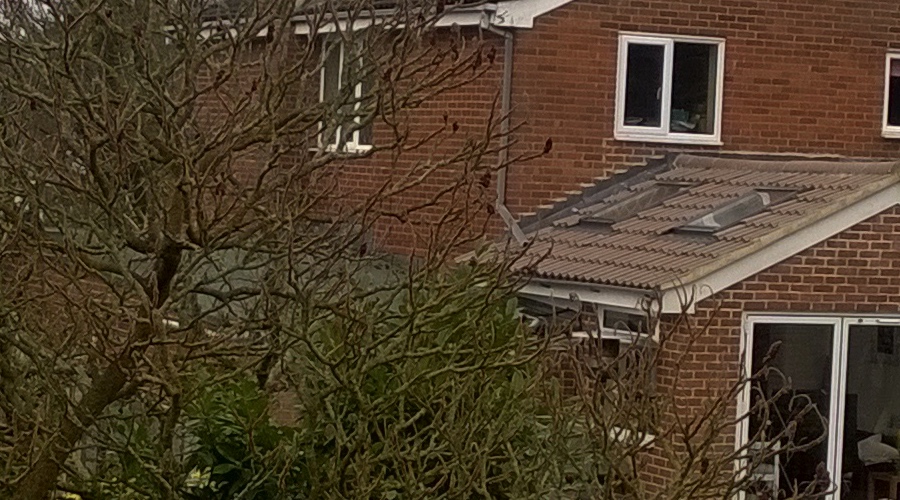
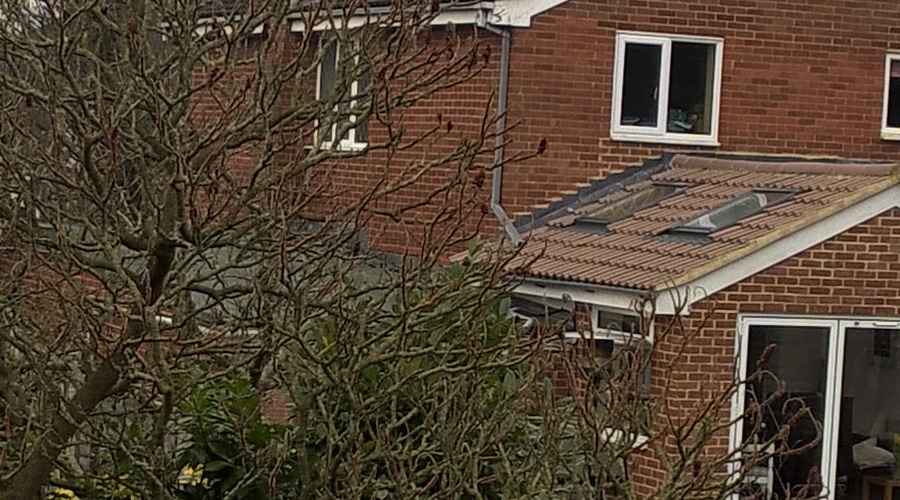
Outside in daylight, even if overcast, with much more light to play with the differences are less exagerated. Look closely (as here) and you can see the extra sharpening (bear in mind that, with no 'PureView' oversampling, the 830's more standard sensor needs some sharpening anyway....), but the effect isn't too unpleasant.
Test 5: Garden macro, bright overcast
A little more colour here despite the complete absence of sun! Here's the overall scene, for context:

In case you want to grab the original images to do your own analysis, here they are, from the Lumia 830 pre-Lumia Camera 5 and with Lumia Camera 5, click the links to download.
Here are detailed 1:1 crops using our interactive comparator, just wait to make sure the page has fully loaded and then use your mouse or trackpad pointer to compare the images:
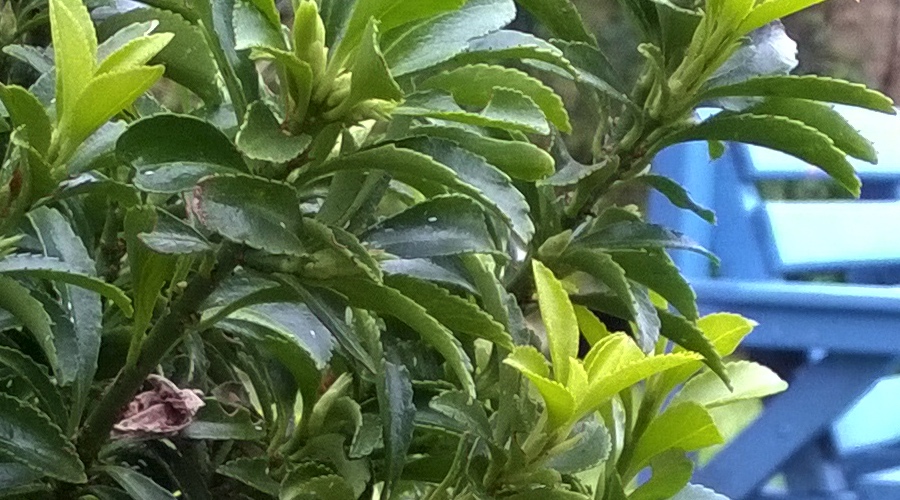
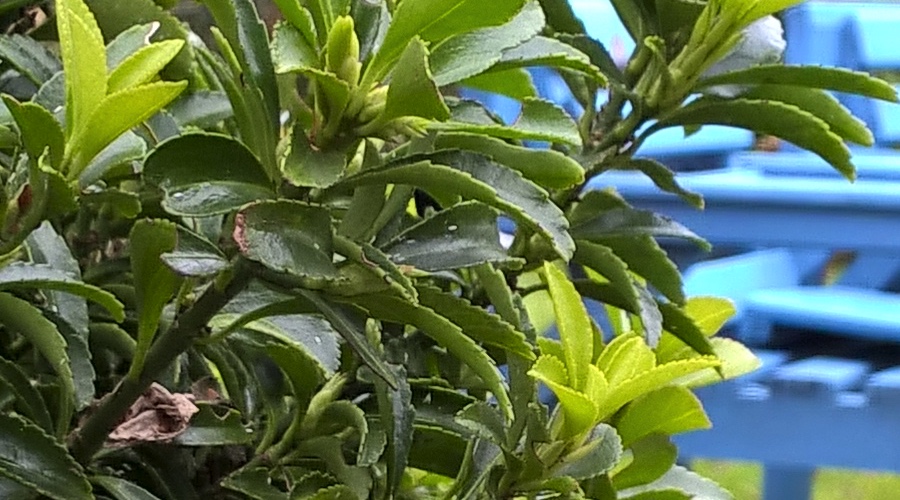
Everything here looks harsher and 'punchier', a little more 'processed', though you really have to swipe from side to side in the comparator to appreciate the differences (whether good or bad) - looking at each image in isolation doesn't help at all! Again, which do you prefer?
Verdict
Much of what I said in the context of Lumia Camera 5 on the Lumia 930 applies here too:
In the context of the industry, all of this isn't surprising, of course. Samsung and Apple's phone cameras have consistently produced high colour, high contrast, sharpened photos with relatively vivid colours and users seem very happy with the results. After all, who wouldn't want apparently clearer photos with more colour?
The purist in me (anyone else remember Damian Dinning, and the Nokia N8 and 808 PureView?) wants to shout that photos should be neutral representations of a scene with no particular emphasis or enhancement, with any such (destructive) changes being possible later by the user in an effects or editing package. However, in 2015 the expectation of users is clearly to have photos with more immediate 'wow' - and this is what Lumia Denim and Lumia Camera 5 deliver on these top end Windows Phones. Technically, they have slightly more artefacts, significantly higher contrast and slightly exagerated colours, but then for viewing on a phone or laptop screen these images will generally look better than under Lumia Cyan - they 'pop' more.
The differences between 'old' and 'new' are less on the Lumia 830, with its 'standard' 10MP sensor, compared to the arguable degradation of the 'PureView' images on the 930 and 1520. But I've shown above that, especially in low light, the changes can be seen. Whether they're positive or negative depends largely on what you want a phone camera to capture and where you intend the photo to be viewed. Very few people will 'pixel peep' as we're doing here, but if it's your image and you want to do something interesting with it then any extra processing is unwanted.
In short, and I'm sitting on the fence here, it all depends.... To illustrate this, have a look at one of the images above, resampled to web resolution and reproduced in the same comparator, i.e. at the sort of size and presentation as seen by the majority in 2015:
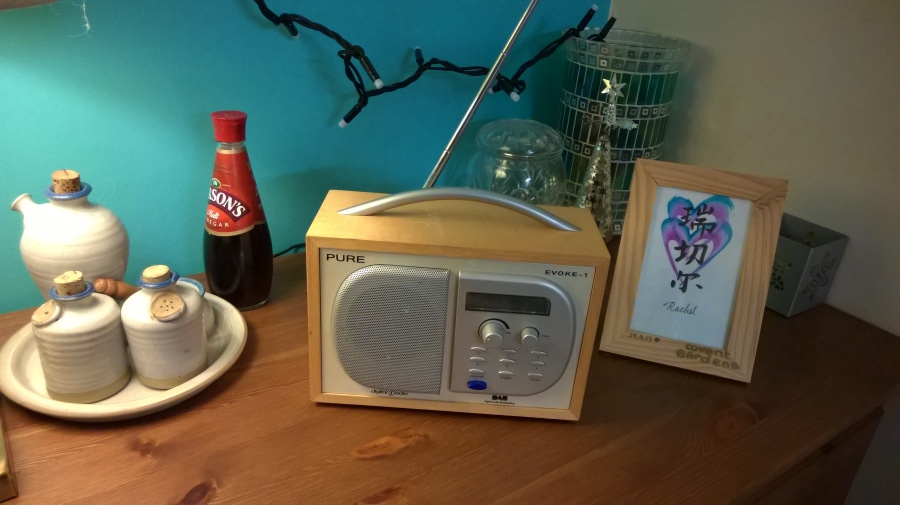
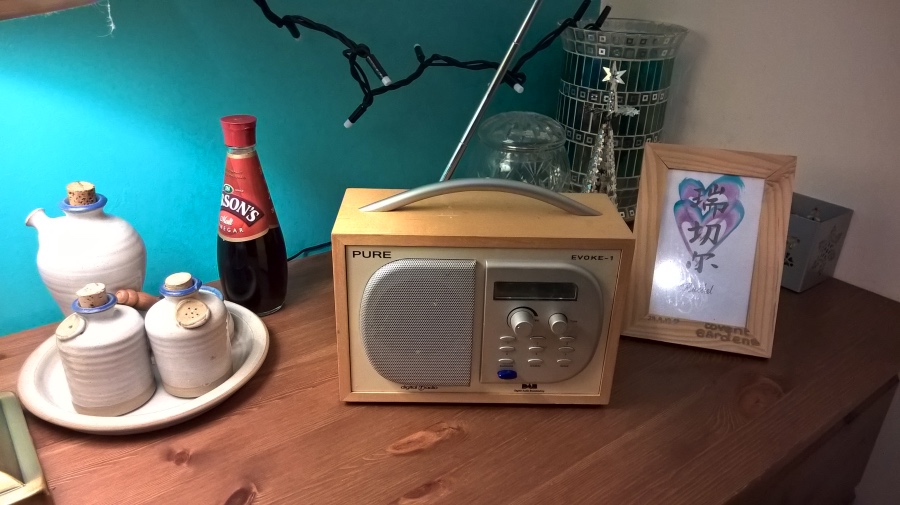
Viewed like this, most people would perceive the Lumia Camera 5 version as better because it's noticeably crisper. They wouldn't care that information was being altered down at the pixel level, etc.
Am I apologising for Microsoft's LC5 decisions? Possibly. I can see both sides of the argument, though if asked, I'd always come down on the side of more natural images that could be enhanced later if needed. This one will, as they say, run and run. Your comments welcome!
_____________________
PS. As on the Lumia 930 and 1520, it's still possible to use the old 'Lumia Camera Classic' and experience the old behaviour and algorithms, even under Denim. You'd lose the 'rich capture' and instant video burst functions, but this older app is still very much an option. Just sayin'....
PPS. If you really feel the need to get better photos on the Lumia 830 and you're absolutely prepared to put in the man hours, then note that also coming along for the ride with Lumia Camera 5 was the ability to shoot on this phone in RAW (.DNG) format, at around 12MB per image. This doesn't compromise the main 8MP images, but does of course eat up internal storage at five or more times the rate!
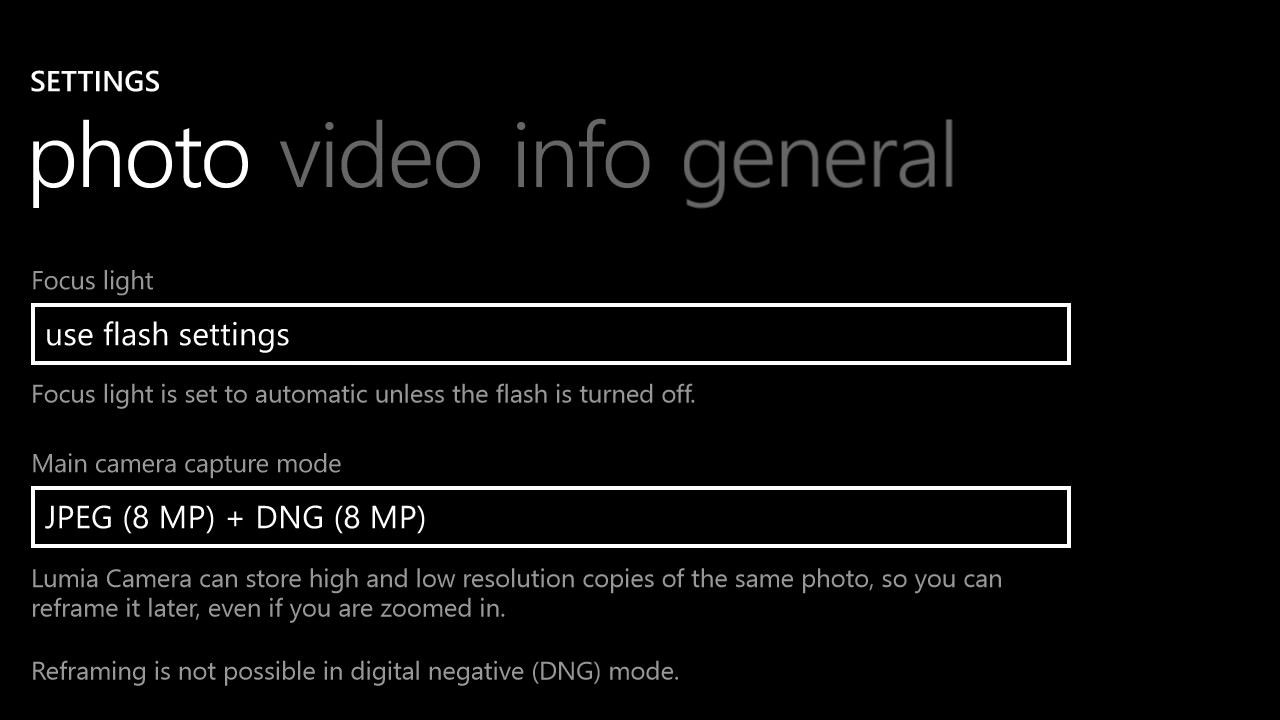
Optionally, you can now turn on the capture of DNG (RAW) images too.... these are stored in your usual Camera roll, though not visible to any built-in applications. I would used a desktop utility to copy these across for further work. Usual storage, time and effort caveats all apply!!
